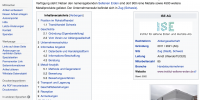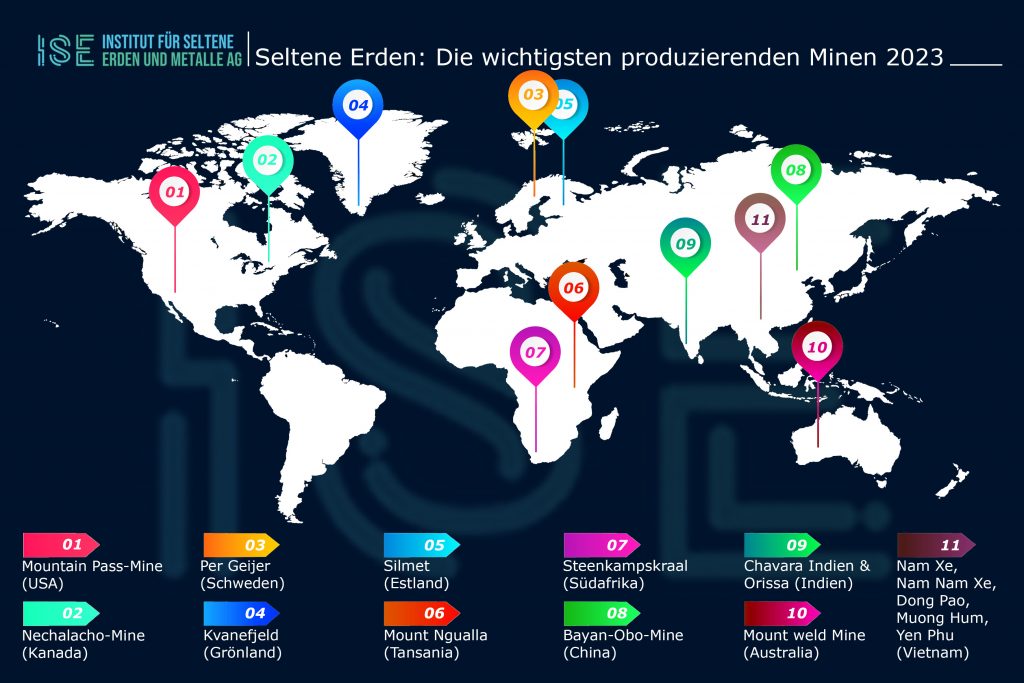Recycling of rare earths in the Harz planned
Since its launch in the late 1980, sintered neodymium-iron-boron magnets have been used in many engineering applications due to their extremely high energy density. There are no industrial recycling methods for these magnets. To change this, a consortium with the participation of TU Clausthal has launched the project "Rare Earth Magnetic Recycling" (SEMAREC).
The NdFeB magnets are used, in particular, in gearless wind turbines, synchronous motors whose use is favored among other things for electromobility, hard disks, loudspeakers and magnetic resonance tomographs. In addition to neodymium, the magnets usually also contain the other rare earth metals praseodymium, terbium and dysprosium, as well as cobalt, in order to increase certain properties such as coercivity and corrosion stability. The total content of rare earth elements is about 30 percent, of which up to a third may be attributable to the particularly critical heavy rare earth elements terbium and dysprosium.
Although NdFeB magnets have been on the market for more than three decades, there are no industrially implemented recycling processes in Europe. One of the reasons for this is that many recycling approaches only address individual material flows, for example hard disks, which are too small for economic recycling alone.
To solve this problem, a consortium consisting of the Department of Raw Materials Processing and Recycling at Clausthal Technical University (consortium leader), Innova Recycling GmbH, ELPRO Elektronik-Produkt Recycling GmbH and PPM Pure Metals GmbH has completed the project "Development of an industrially feasible recycling Technology chain for NdFeB magnets "(SEMAREC - rare earth magnet recycling). The project is funded by the Federal Ministry of Education and Research (BMBF) with around 4 Euro as part of the funding priority "r800.000 - Innovative Technologies for Resource Efficiency - Research for the provision of economic strategy raw materials" in the framework program "Research for Sustainable Development (FONA)".
The aim of this project is to process and combine NdFeB-containing material streams from the area of both production and consumer waste in such a way that a marketable rare earth and other metal concentrates can be economically obtained from them by means of a hydrometallurgical process. To this end, potentially suitable material flows should be identified and analyzed and based on the obtained data processing methods for the production of NdFeB concentrates should be developed. For this purpose, a subsequent hydrometallurgical recycling process based on results from the BMBF-funded project "Recycling of components and strategic metals from electric traction drives (MORE)" is to be further developed to a small production scale.
If the project succeeds in the desired manner, relevant quantities of the rare earths neodymium, praseodymium, dysprosium and terbium, which are particularly important for many future technologies such as electromobility, wind power and phosphors, will be extracted from secondary raw materials. In addition, the participating companies from the region can strengthen and expand their existing business areas and thus create secure and qualified jobs. For the TU Clausthal, the project is an important milestone in further expanding its expertise in the recycling of special metals.
Source: www.chemie.de





